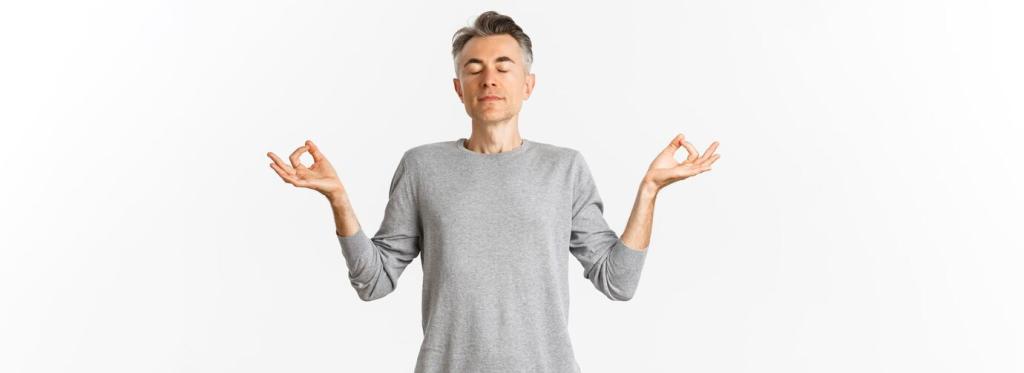Sustaining Your Visualization Habit
Use thirty seconds after waking and before sleep to imagine a soft light filling your torso. These predictable bookends train your body to expect ease, making daytime tension more responsive to even brief visualization cues.
Sustaining Your Visualization Habit
Note where tension usually lands—neck, jaw, or belly. After each visualization, rate your tension level and jot the image you used. Patterns will surface, guiding you toward the most effective scenes for reliable, repeatable relief.
Sustaining Your Visualization Habit
Rotate scenes weekly to avoid staleness: mountain mornings, city rain, or garden dusk. Keep a short list on your phone. When stress spikes, pick one intuitively and breathe it in, trusting variety to keep your nervous system interested.





